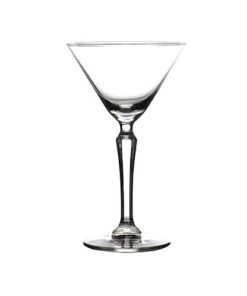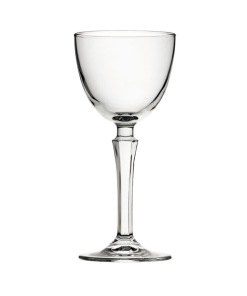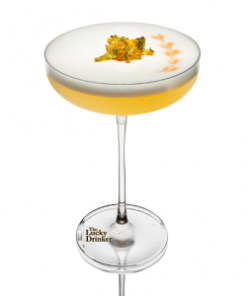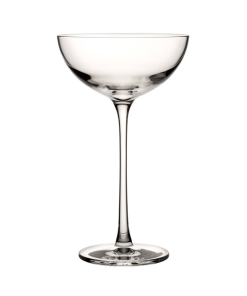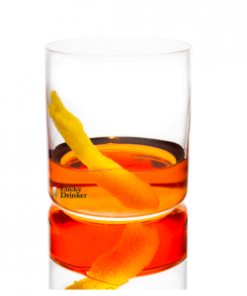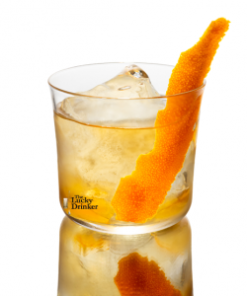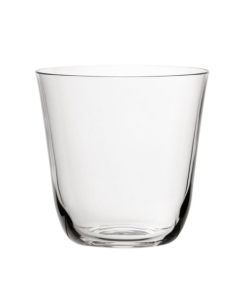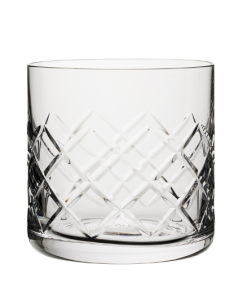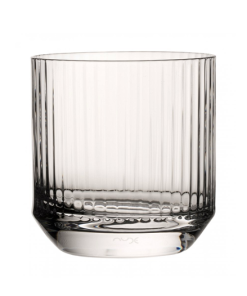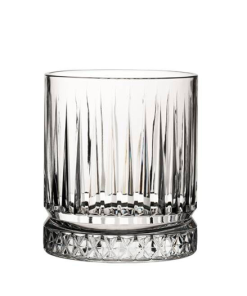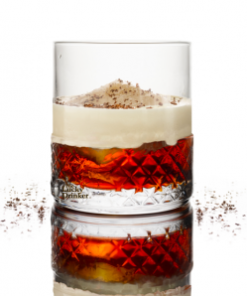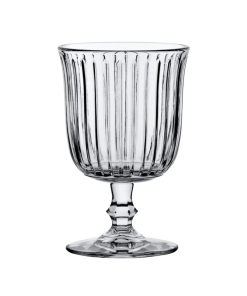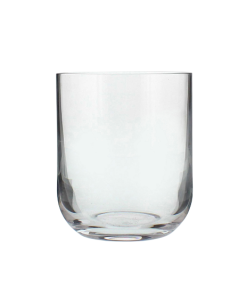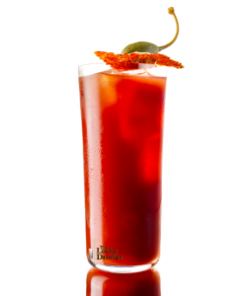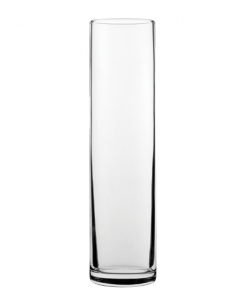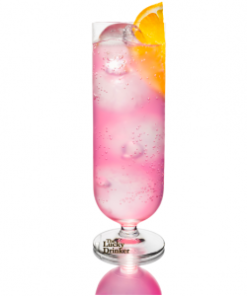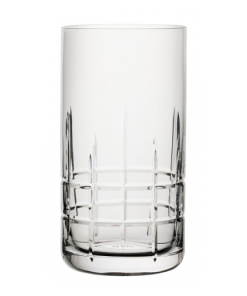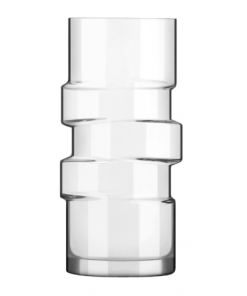Product Care Advice
1. CUTLERY CARE ADVICE
1.1 Stainless Steel is, by definition, a metal alloy that contains iron, chromium and nickel, but that must contain in excess of 11% chromium. It is the chromium that provides high lustre and improved resistance to staining and corrosion; the nickel makes the alloy more malleable, enabling each piece to be finely crafted.
The highest quality of stainless steel is known as 18/10, with the 18 referring to 18% chromium content, and the 10 referring to 10% nickel content in the steel; the higher these percentages, the higher the quality of stainless steel.
The term ‘stainless steel’ suggests that items are completely resistant to tarnish or marking; however, even 18/10 grade stainless steel is not totally corrosion or stain-proof; contact with some chemicals, flame/ direct heat and abrasion may trigger a degenerative process that can lead to etching, pitting and marking.
You can prolong the lustre and high-quality finish of your cutlery by following a few simple care guidelines:
1.2 Store stainless steel and silver cutlery separately.
1.3 Never store cutlery in a damp atmosphere as this will cause corrosion. Cutlery should also never be left to soak prior to dishwashing.
1.4 Mineral salts from tap water may cause staining – please dry cutlery carefully after hand washing.
1.5 To avoid staining by detergents please use a weak solution and ensure proper rinsing and drying.
1.6 Chalky deposits may occur in hard water areas; please use a water softening device and ensure that you rinse cutlery on a dishwasher rinse programme, as some water softeners are regenerated with salt.
1.7 Avoid direct contact with heat or flame, such as a hot plate or gas burner, or immersion in synthetic vinegar, as these may also cause staining. Most stains can be polished off with a proprietary polish.
1.8 Give extra care to knives; to maintain a good cutting edge avoid standing knives in water overnight as this causes as much exposure to corrosion as 3 to 4 months of ordinary usage.
1.9 Cutlery should be washed as soon as possible after use, if left dirty certain substances in food such as acids and fats can cause corrosion.
1.10 Cutlery should be washed in an upright position with the head in an upwards position, in specialist cutlery baskets. Do not overfill cutlery baskets as this restricts water flow during the cleaning process.
1.11 Once washed cutlery should be immediately wiped with a clean towel or dried using a cutlery polisher. This will remove any salt residues left after the washing process and prevent corrosion and pitting.
1.12 Use the knives only to cut food, always on a wooden board or plastic surface.
1.13 Avoid cutting frozen food as this may damage the edge.
1.14 Cutlery should never be washed in amongst crockery and specialist cutlery baskets should be used at all times. Do not machine wash crockery with other metal objects such as baking sheets and pans as this can cause metal marking.
2. STAINLESS STEEL AND COPPER BAR EQUIPMENT CARE ADVICE
2.1 You can prolong the lustre and high quality finish of your bar equipment by following a few simple care guidelines:
2.2 Hand wash only.
2.3 Always wash with a soft cloth.
2.4 Avoid washing with abrasive cloths, sponges or brushes. Use a neutral detergent to rinse it, never use strong alkaline or strong oxidising chemicals.
2.5 Make sure to dry well.
2.6 We advise customers that stainless steel is not completely ‘rust-proof’ – it will resist rusting but if left in contact with water for long periods it will start to corrode – so please ensure each evening that you wash up and dry your equipment.
2.7 Do not leave sitting on wet surfaces overnight or it will rust.
2.8 Avoid direct contact with heat or flame, such as a hot plate or gas burner, or immersion in synthetic vinegar, as these may also cause staining. Most stains can be polished off with a proprietary polish.
3. PORCELAIN AND CERAMIC CARE ADVICE
You can maintain the appearance and extend the life of your porcelain by following some simple guidelines:
3.1 All our ceramic products are suitable for machine dishwashing.
3.2 Excessive rinse temperatures i.e. above 60 degrees Celsius and overdosing of detergent will cause damage to the glaze surface.
3.3 If removing food residue prior to washing a plastic scraper should be used to avoid damaging the glaze surface. Never use metal utensils or cutlery to clear plates as this can cause metal marking.
3.4 Metal marking may occur if ceramics make contact with metal utensils, causing grey metal trace marks, due to some steel being softer than the ceramic glaze. 3.5 Metal marking is easily removed with a gentle, non-abrasive household cleaning agent.
3.6 Ensure that porcelain is washed within 50 minutes of leaving the table to avoid drying on.
3.7 Pre-rinse porcelain before washing to loosen deposits and avoid baking on in the dishwasher.
3.8 Stack plates and platters from above. Do not slide them between other pieces when stacking. The bases of plates and platters may scratch decorated surfaces.
3.9 To avoid chipping, use the appropriate ware washing rack.
3.10 Use rubber or plastic mats on stainless steel surfaces and shelving in or der to reduce the potential for metal marking.
4. GLASSWARE CARE ADVICE
Glass is by nature is delicate and to minimise breakages and to prolong the longevity and appearance of your glassware, please follow some simple guidelines:
4.1 A non-caustic detergent must be used as caustic detergents can damage the surface of glasses and make them appear dull.
4.2 Always wash new glasses prior to their first usage.
4.3 Do not put cutlery into glasses.
4.4 Never pick up glasses in clusters.
4.5 Be careful to avoid contact with beer and water taps.
4.6 Do not put cold liquids into hot or warm glasses straight from the dishwasher – this can cause cracks.
4.7 Do not stack glasses that have not been designed to stack.
4.8 We recommend storing non-stacking glasses in racks.
4.9 Pre-heat glasses for hot drinks by running them under warm water. We recommend that you pour hot liquid over the back of a spoon into a glass.
4.10 When handling glassware, avoid contact between glasses, to avoid scratching.
4.11 Never scoop ice with a glass.
4.12 Check glasses regularly for chips or cracks – if found, immediately dispose of that item safely.
4.13 Most glassware can be cleaned in a dishwasher, however, always use a non-caustic detergent as caustic detergents affect head retention, etch the glass and give the glass a shadowy tinge.
4.14 Hot water on the premises should be stored at 60°C – if water is stored at a higher temperature, by the time it reaches the machine it may be too hot and could crack glasses, or bake-on debris.
4.15 Coffee cups should never be washed with glassware as dregs can taint water, staining glasses – this also applies to drinks containing cream.
5. POLYCARBONATE CARE ADVICE
Polycarbonate is a tough, transparent, virtually unbreakable thermoplastic.
5.1 It is dishwasher safe up to 500 washes and can withstand temperatures of up to 145°C.
6. PLASTIC & ACRYLIC CARE ADVICE
6.1 To maintain the clarity and transparency of acrylic/ plastic products we recommend hand washing with a maximum temperature of 60°C.
6.2 Dishwasher cleaning agents and excessive heat cause acrylic plastic glassware to “craze”.
7. SLATE CARE ADVICE
7.1 As a natural stone the slate items may have natural variances in size and texture.
7.2 The edges of slate can chip and create sharp points so care should be taken when handling these items.
7.3 Clean with a damp cloth, warm water and mild detergent; it is not recommended to put these items in the dishwasher. To keep slate looking its best and to treat any scratches, please use a natural oil.
7.4 Slate is food safe – please wash before use.
7.5 Not suitable for microwave or oven use.
8. BAMBOO & WOOD CARE ADVICE
8.1 Bamboo and Wood are natural products, therefore, each piece will have slight differences.
8.2 Clean all your bamboo products with a damp cloth and mild detergent; it is not recommended to put these items in the dishwasher.
8.3 Do not soak in water.
8.4 Acacia wood is not suitable for washing in commercial dishwashers.
8.5 The appearance of the product can be maintained by regularly wiping the surface with vegetable oil.
8.6 Under no circumstances should Acacia wood be allowed to soak in water as this will lead to the product warping and splitting.
8.7 The product should be hand washed in warm soapy water and dried immediately. As wood is a natural product its surface will mark over a period of time.
9. MELAMINE
9.1 Most melamine products can be cleaned in a dishwasher. Exception is made when is mentioned on the specific product on the “Product Details”.
9.2 Melamine products are not suitable for usage in ovens or microwave ovens.
9.3 Do not use abrasive detergents with bleaches, wire scourers or
metal implements to clean melamine products as this will scratch the surface of the product.
9.4 Melamine products are suitable for Bain Maries.
9.5 Designed to operate in temperatures from -30 to +70 degrees Celsius.

